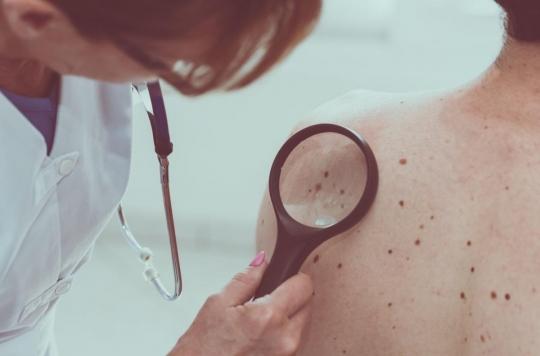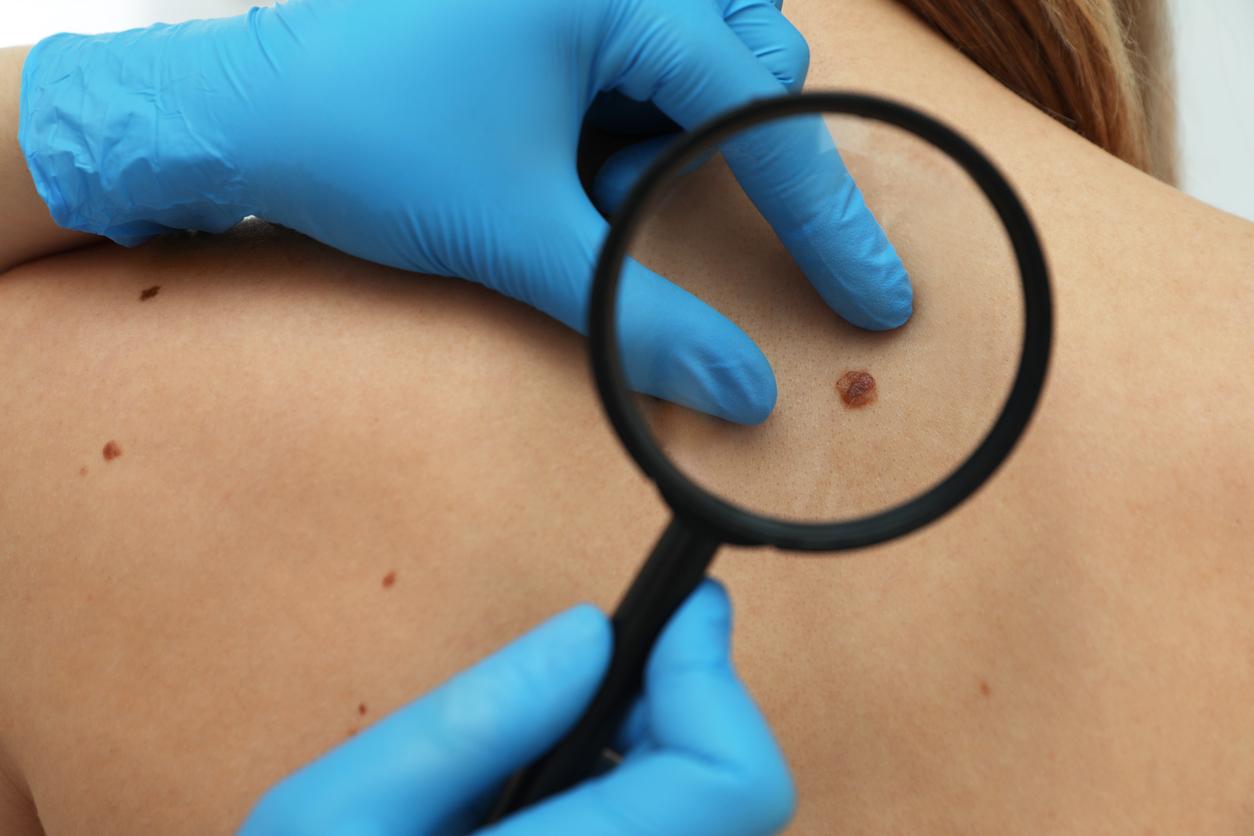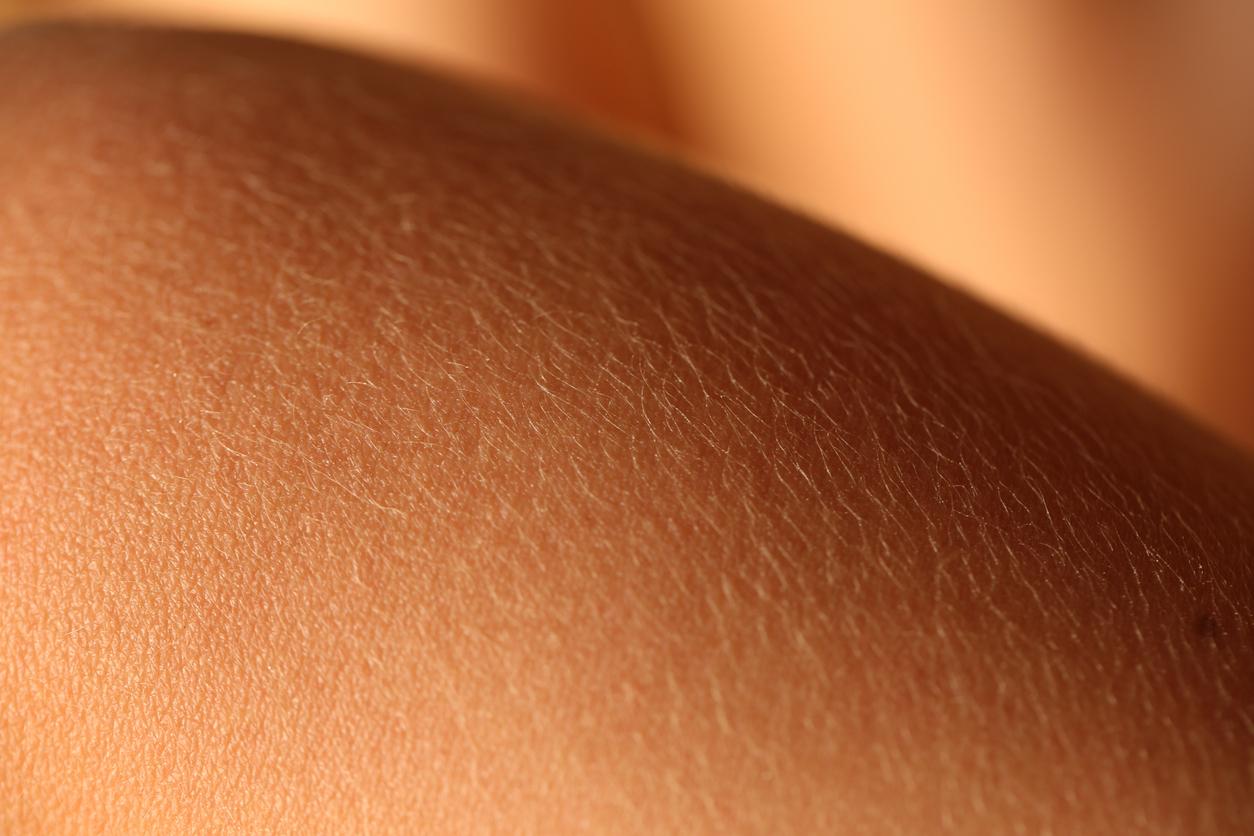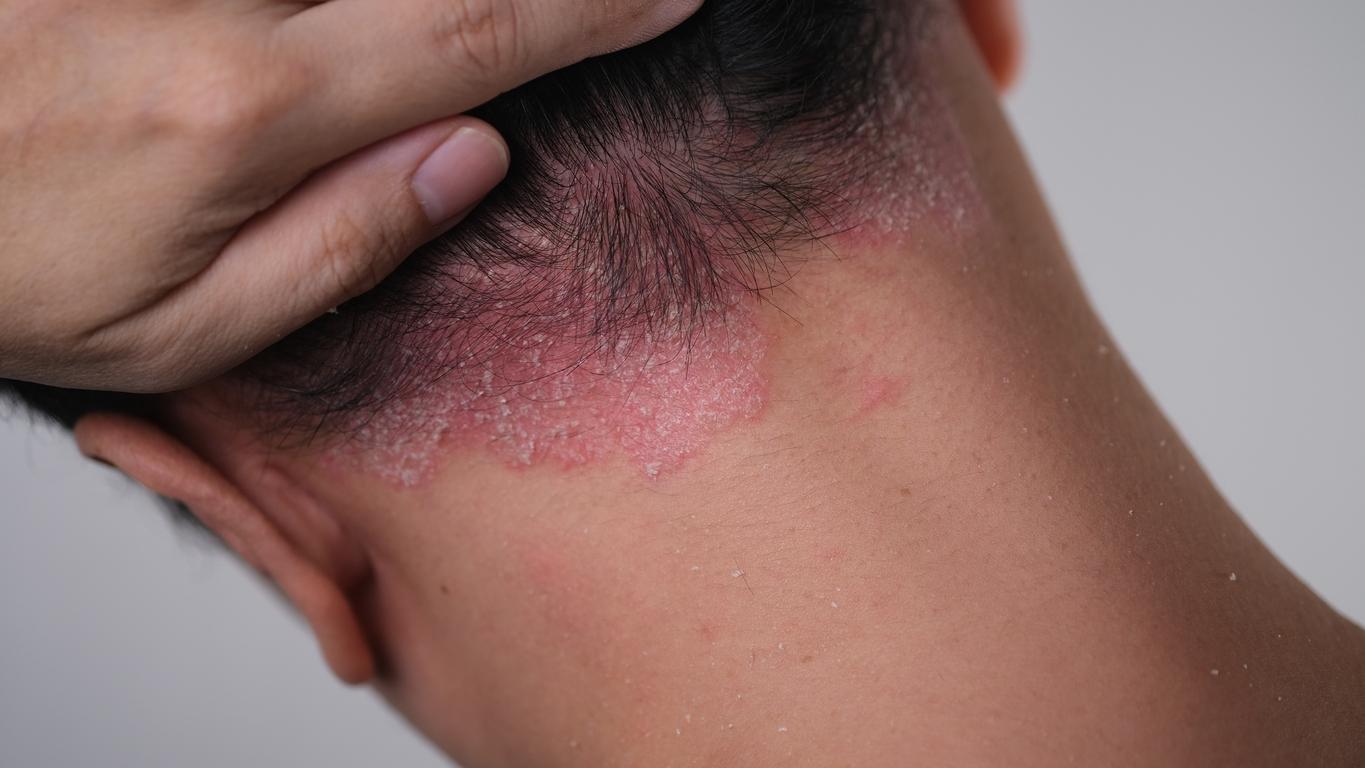New information about the process of mole growth could impact the search for melanoma therapies.

- The process that leads to the cessation of growth of moles would have nothing to do with what can trigger the appearance of melanoma
- New treatments could be based on this cell growth process
Skin cancer is linked to mutations in the BRAF gene. Some studies have shown that people with this mutation are not always affected by cancer, sometimes they only develop moles, which are considered harmless. 90% of moles would be linked to this genetic mutation without being melanomas. In Eliferesearchers wanted to better understand this phenomenon by carrying out a study on laboratory mice.
Cells that communicate with each other
“Determining why moles stop growing could help us better understand what happens in skin cancer.”, explains Roland Ruiz-Vega, post-doctoral researcher at the University of California at Irvine, in the United States. With his team, he analyzed the differences between the growth of mouse epidermis cells and moles. They noticed that mole cells communicate with each other, and when they reach a certain size, they spontaneously stop growing.
For the researchers, this means that the stoppage of mole growth is not linked to genes associated with cancer. This can “potentially change the way we look at skin cancer”, underlines one of the co-authors, Arthur Lander. The team believes that discovering this mechanism could help them develop treatments based on this cell growth process.
Know how to spot abnormal moles
Each of us has an average of 20 moles all over our bodies. Most of them are harmless, but if one of them changes shape, appearance, color, it could be melanoma, or skin cancer. Each year, approximately 80,000 new cases are detected in France.
the national union of dermatologists – venerologists gives a tip for self-examination of moles. The ABCDE technique is a mnemonic for A as asymmetry, if the mole is not round and the two halves are different, for B as irregular edges, for C as uneven color, for D as diameter, s’ it is greater than 6 millimeters or increases rapidly, and finally for E, for evolution, if the mole changes appearance rapidly. If any of your moles meet one or more of these criteria, a consultation with a dermatologist is recommended.

.















